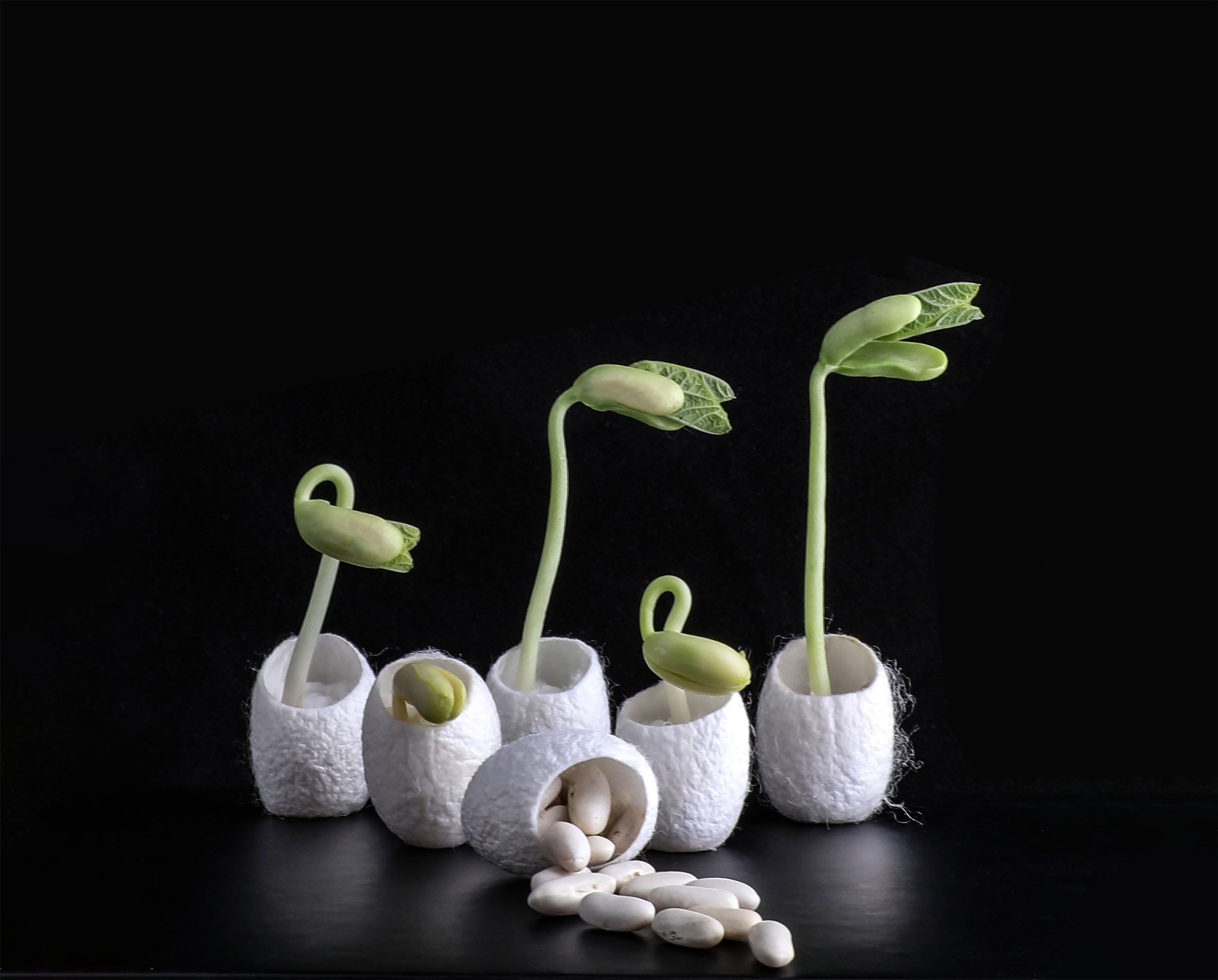Coating seeds with specially treated silk could make it possible to grow crops in otherwise unproductive soils, according to new research at MIT.
The silk, which protects the seeds from soil that would normally be too salty, also contains a kind of bacteria that naturally produce a nitrogen fertilizer. Lab tests have shown that the seeds grow successfully in these salty conditions.
The findings grew out of research by Benedetto Marelli, a professor of civil and environmental engineering, on using silk coatings to extend the shelf life of seeds used as food crops. During this work, he “stumbled on biofertilizers that can be used to increase the amount of nutrients in the soil,” he says. Such fertilizers use microbes that convert nitrogen from the air into a form plants can readily take up. They avoid the drawbacks of conventional nitrogen fertilizers, which he says may degrade soil quality and are very energy intensive to produce.
Don’t settle for half the story.
Get paywall-free access to technology news for the here and now.
